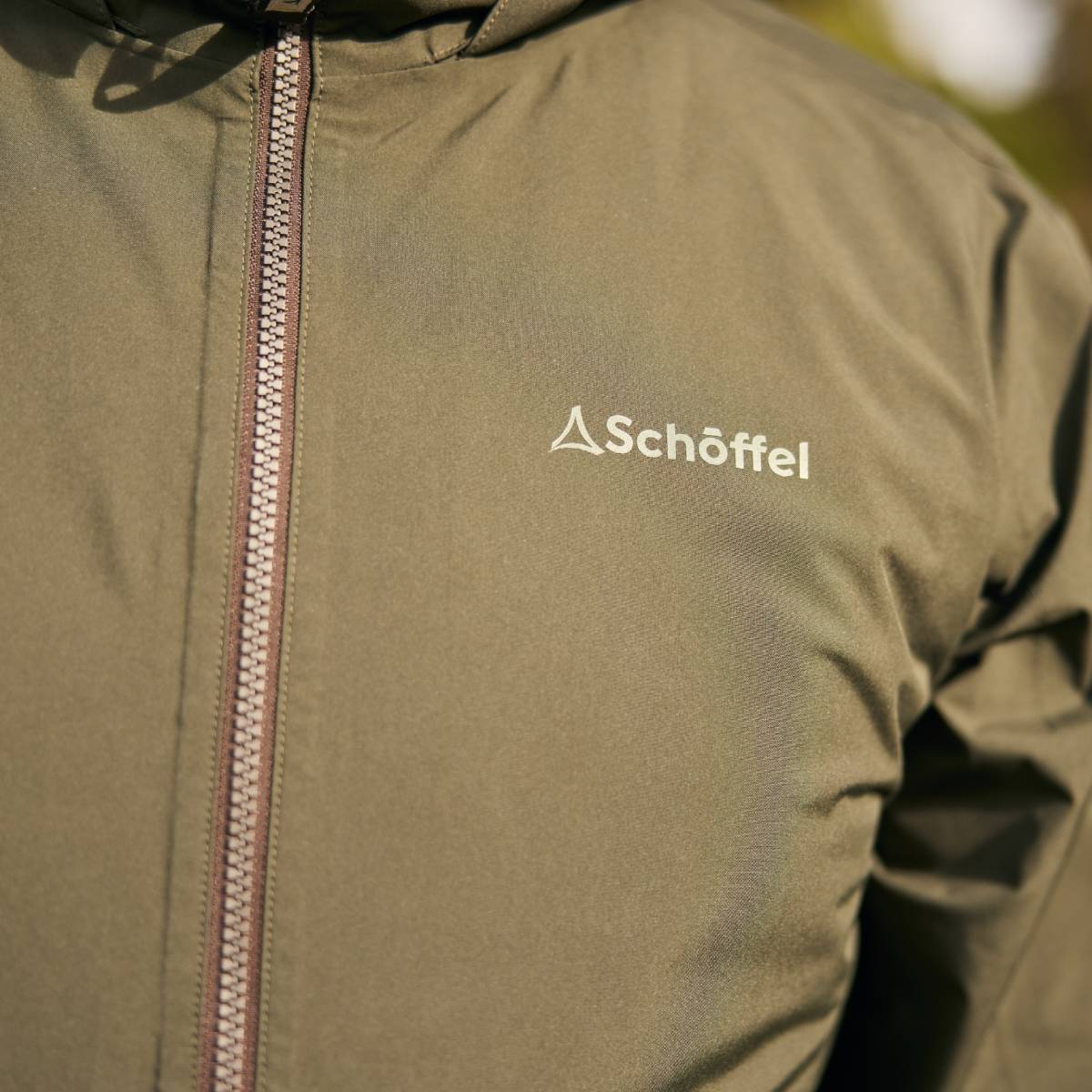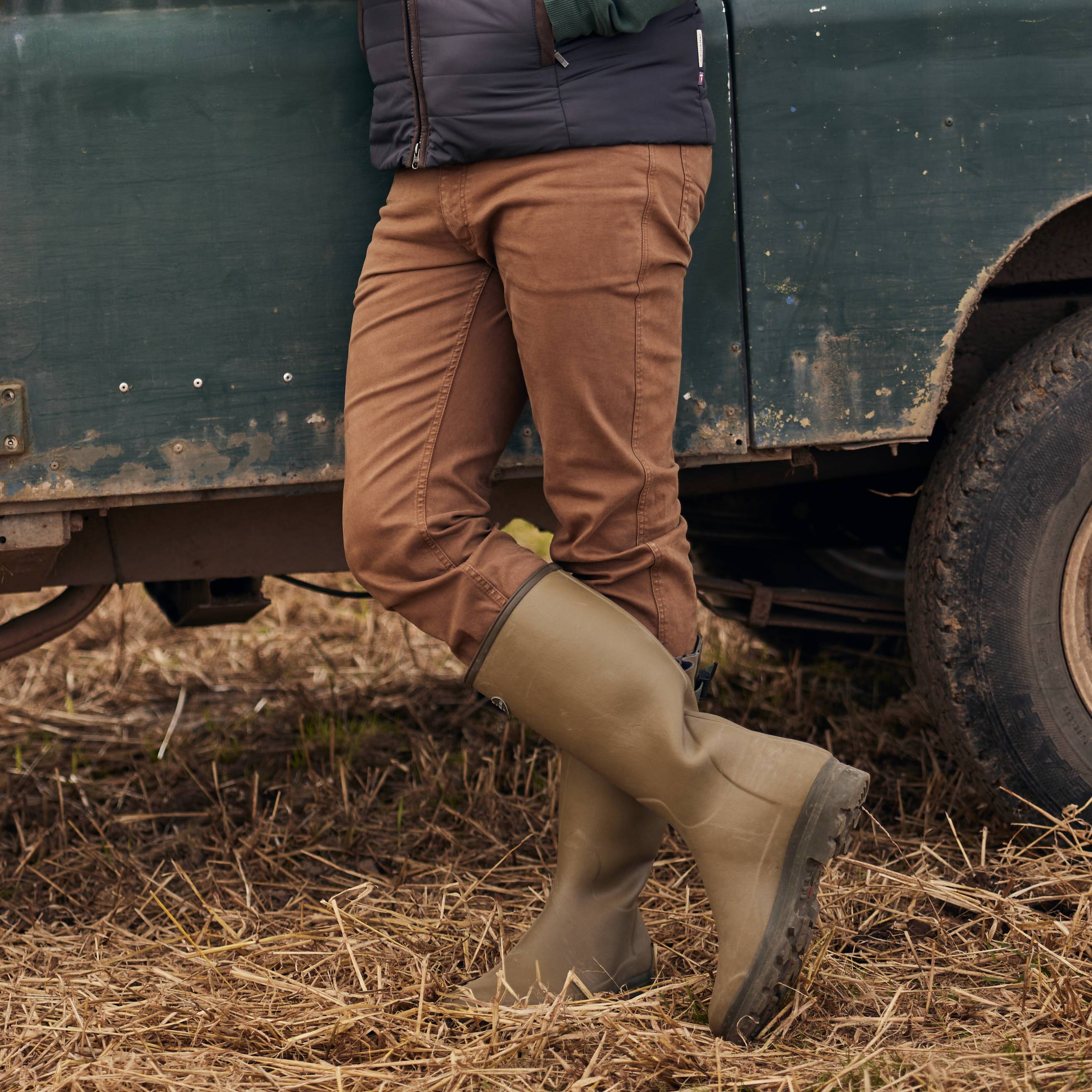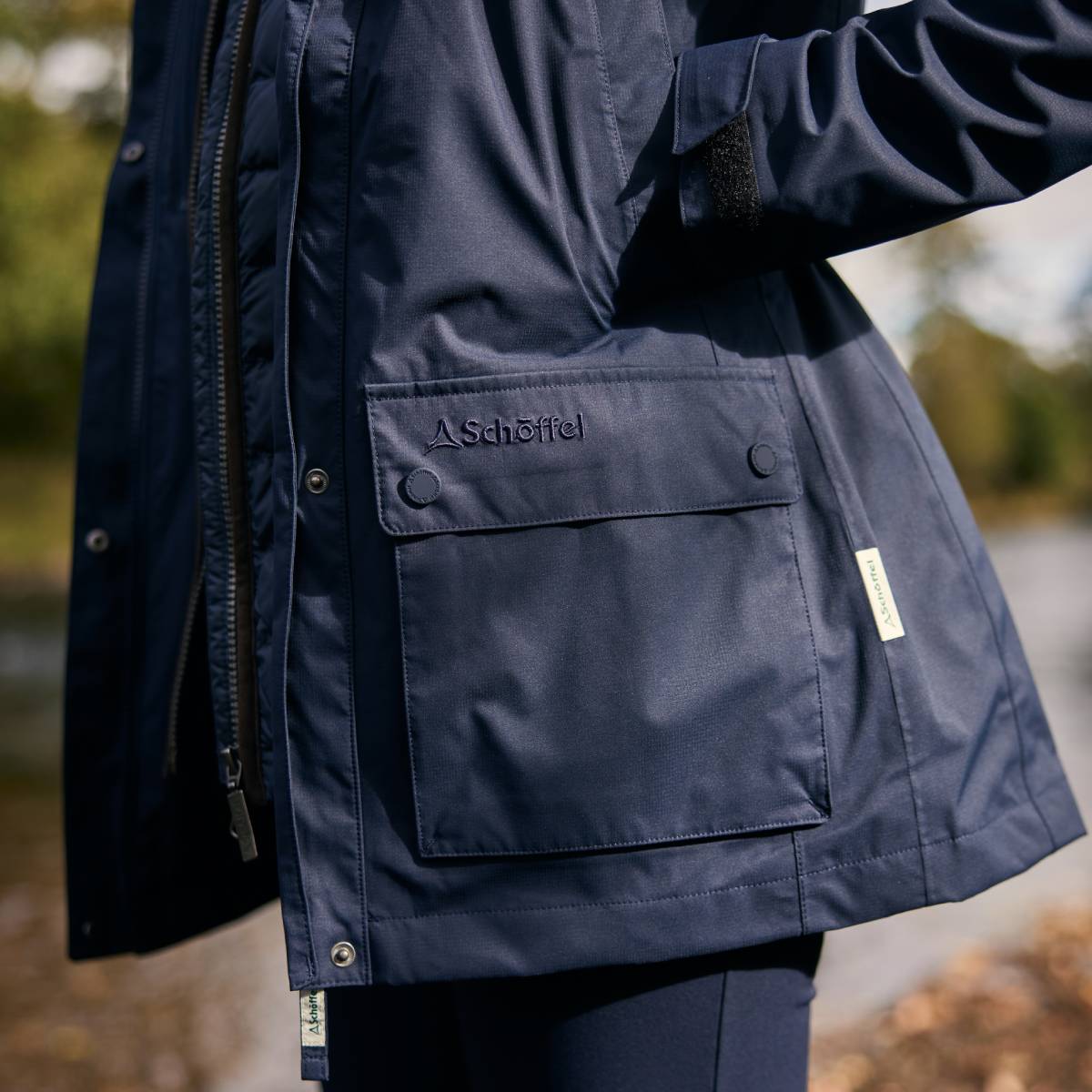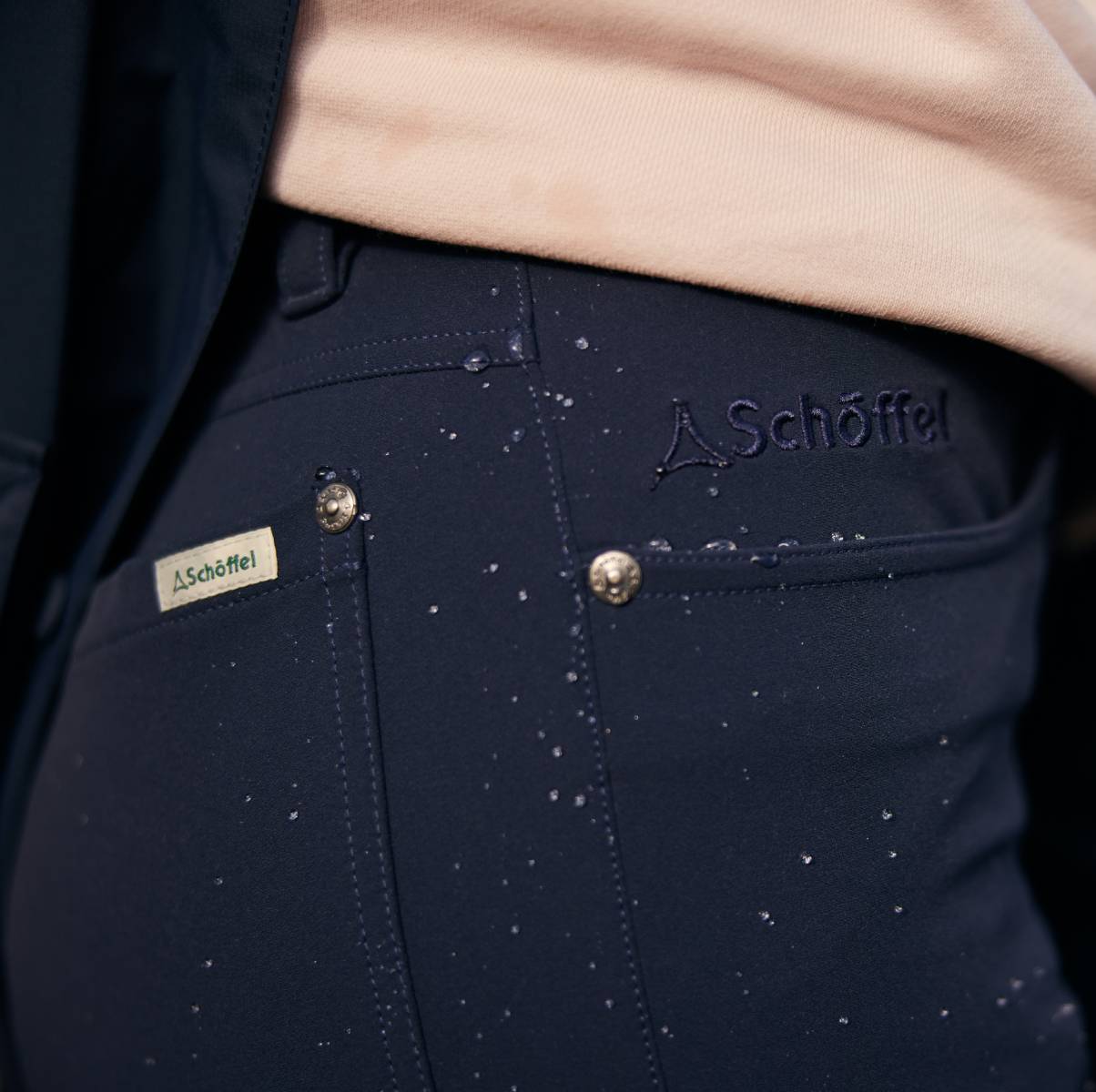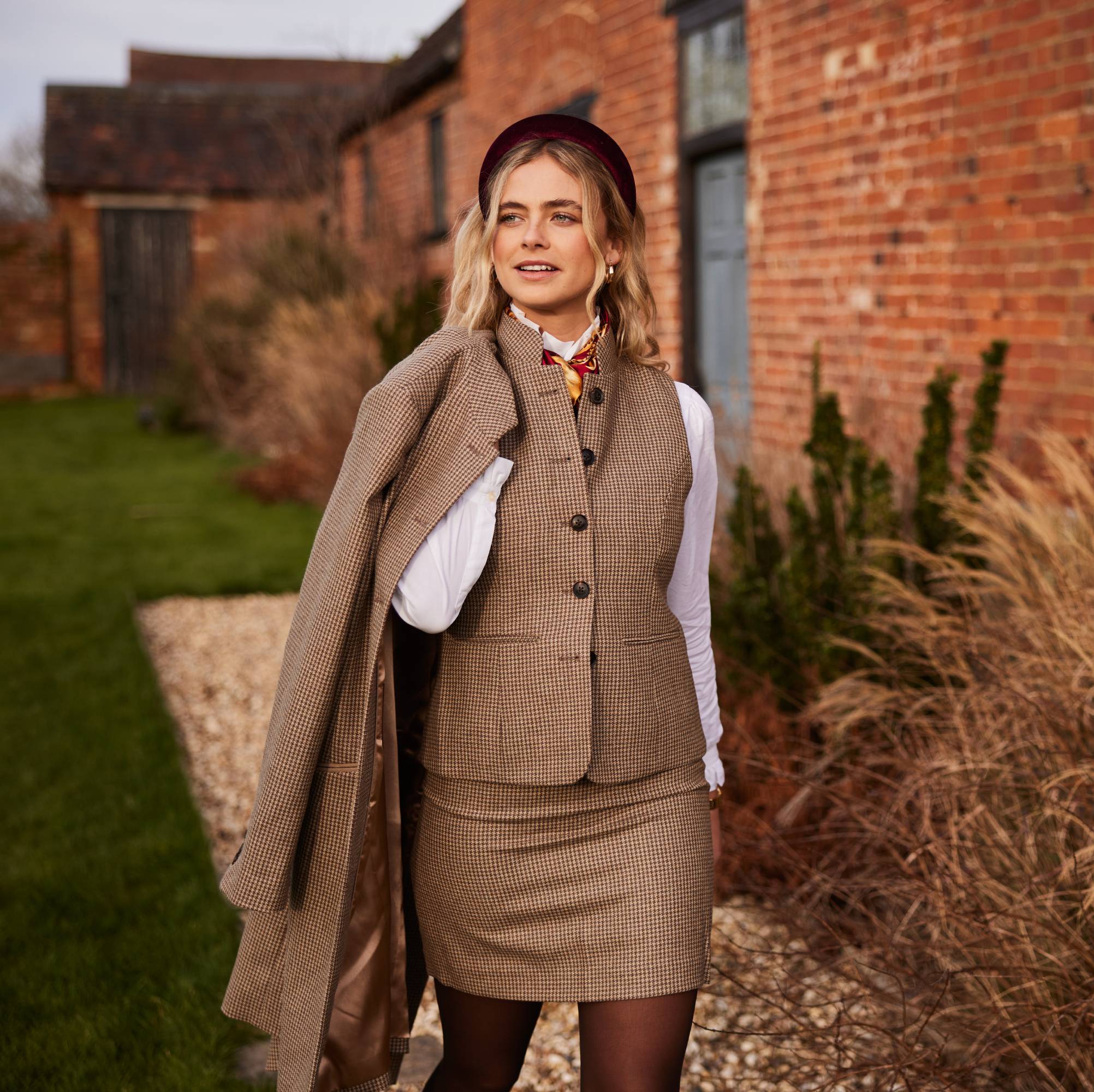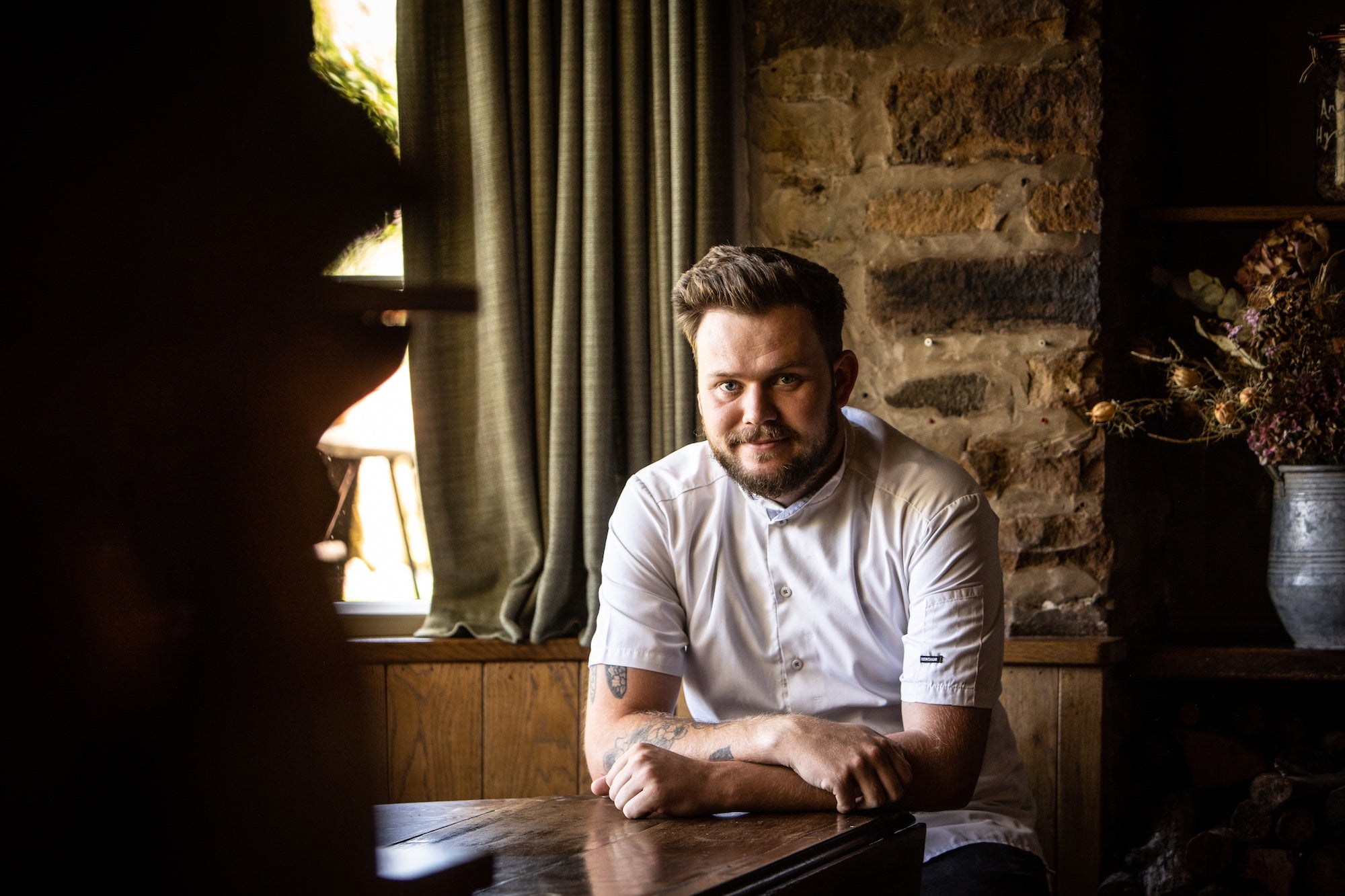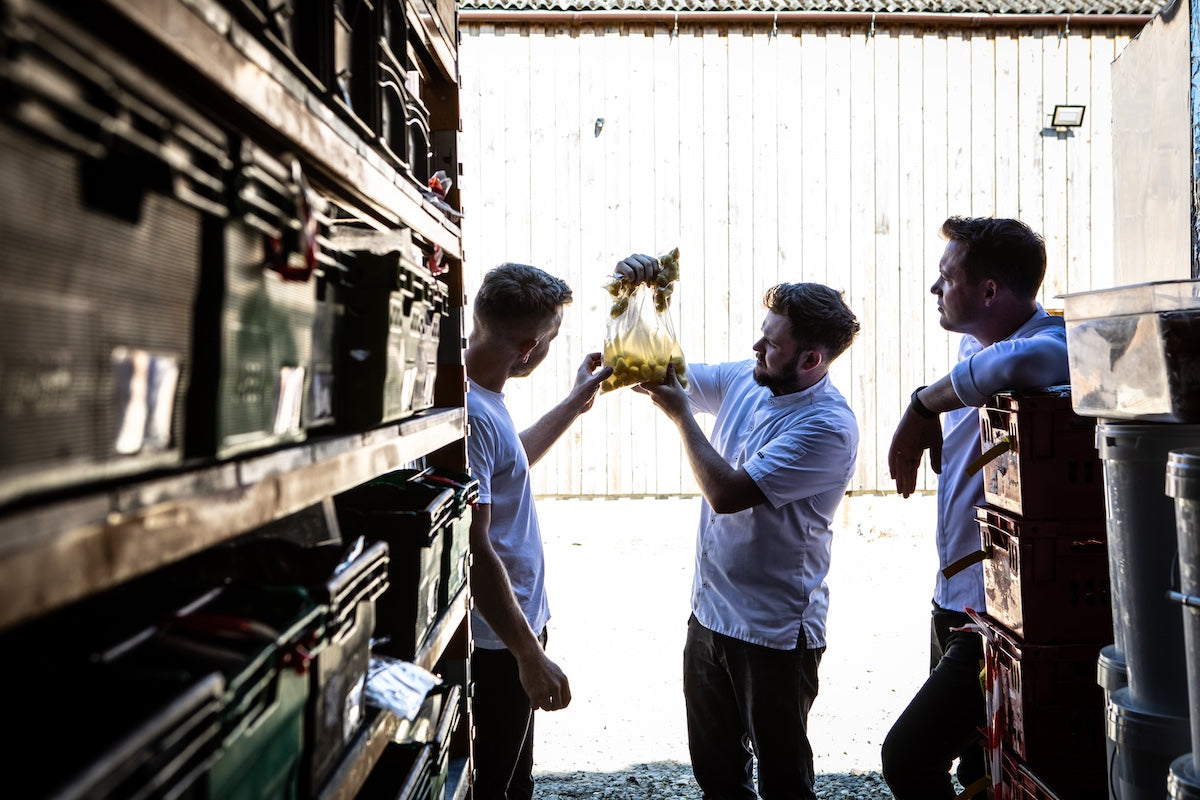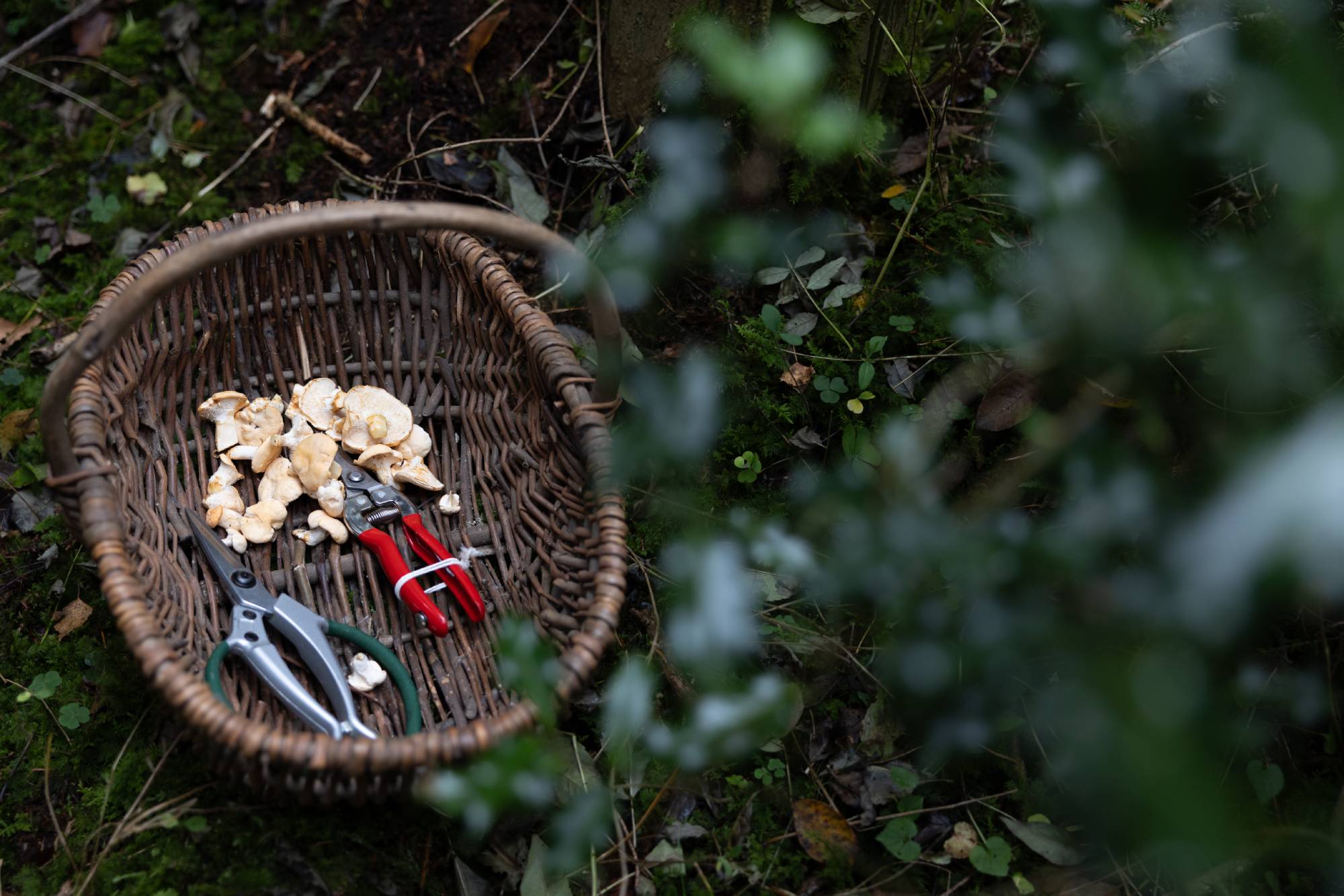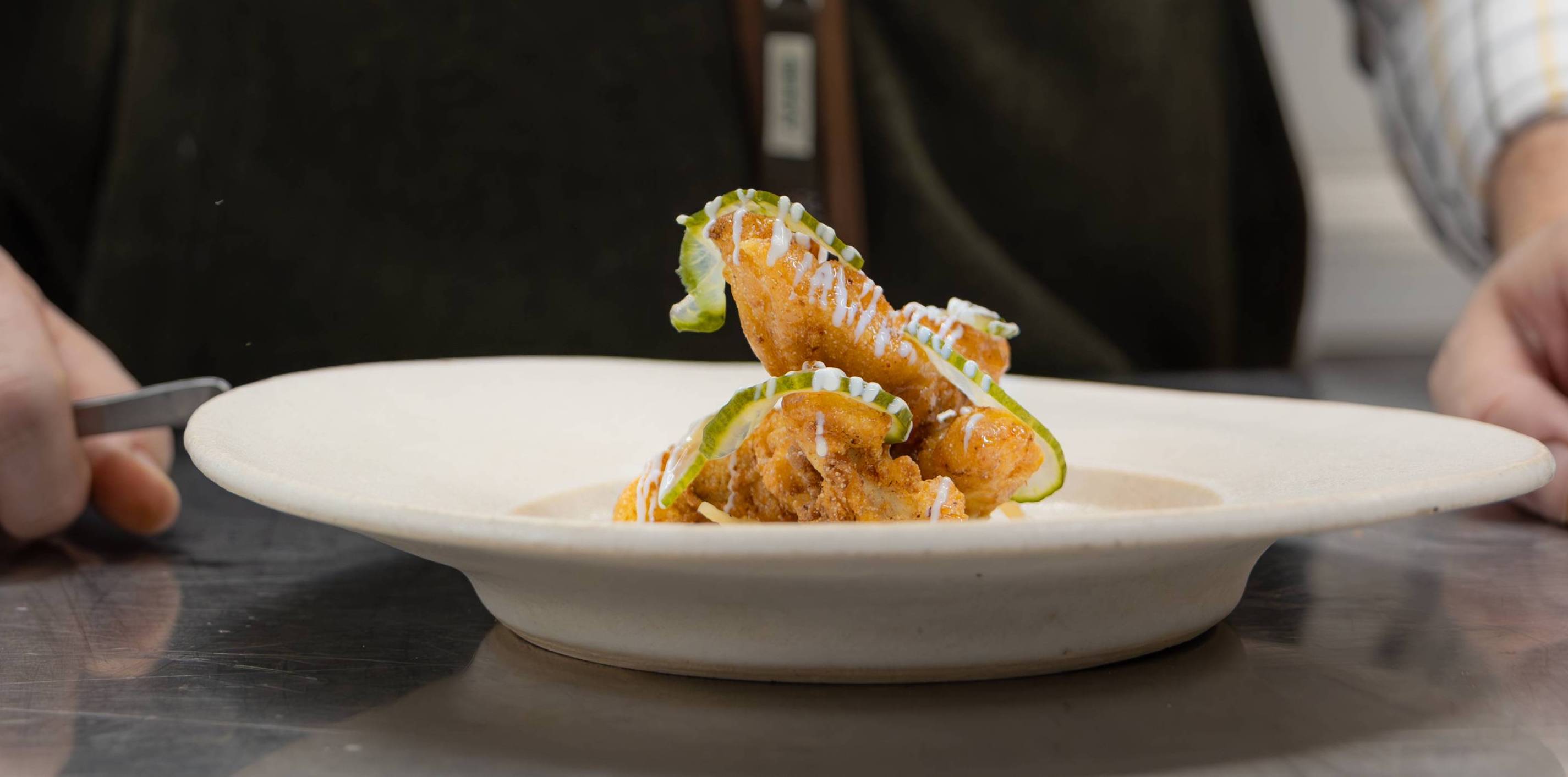
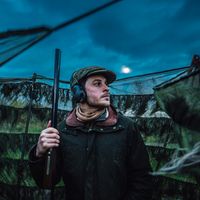
The chef who takes his wellies to work
Join us at The Black Swan at Oldstead – the Michelin-starred restaurant with a special ethos and a unique way of splitting the year into three seasons.
I can’t imagine many chefs take a pair of wellies to work. Then again, The Black Swan at Oldstead is no ordinary restaurant.
Sure, it has a Michelin Star, four AA rosettes, a famous figurehead in Tommy Banks, and was once dubbed ‘The Best Restaurant in the World’ by TripAdvisor. But accolades alone can’t capture its essence. Of course they can’t...
To fully get that, you must visit the place, meet its people and immerse yourself in all that it – and they – are about. So that’s exactly what we did a few weeks back. And we left utterly mind blown.
Tucked away in a picture-postcard pocket of the North York Moors, the charming restaurant with rooms is, once you’ve been, hard to think of as just ‘a place’; the overriding and lasting impression is instead of a special ‘ethos’ or, as executive chef Callum Leslie puts it, “an ecosystem”.
I was a couple of sips into the best cup of coffee I’ve ever sipped when Callum appeared, skipping down the stairs from the kitchen at a beat that would suggest he’d been about for a few hours. His demeanour mirrored the atmosphere that had enveloped us from the moment we arrived – think welcoming, polished and professional but entirely unpretentious, with a pinch of excitement. “I’ll give you a quick tour of the garden, we’ll stop in at the farm, and then we’ll carry on to a spot where Chris spotted some nice hedgehog mushrooms the other day,” he said as a couple of breakfasts were laid carefully on the table before us, their contents described in silky smooth detail by another member of the team.
A chef’s journey
Still talking about that breakfast, we were soon walking between the beetroot and broccoli en route to the polytunnel in the three-acre kitchen garden – a perfect opportunity, I thought, to quiz Callum on his journey to date as a chef.
Now a year from turning 30, his first job as a teenager was pot washing at a pub near Huddersfield. “I’d been doing that for a few years when one night someone called in sick and the manager told me I’d be on the salad and fryer section,” he explained, picking a few ripe toms and handing them to me as a post-brekkie snack. “I was only making the salads, onion rings and chips, but I got such a buzz from it! I knew then that cooking was what I wanted to do.”
By the time he was leaving school, Callum was still dead set on working as a chef and so enrolled at catering college. “The classroom wasn’t really for me, though,” he admitted. “I was working five days a week in a local restaurant at the same time, and I felt as though I was learning a lot more there.”
A two-week stage (unpaid internship) in a Michelin-starred kitchen – The Box Tree, in Ilkley – was the next milestone. “I’d never seen chefs work so quickly and tidily and be so focused on coming together to create a perfect meal for people,” Callum remembered. “In my second week, the head chef offered me a job as a commis chef. I dropped out of college, and within a month I’d moved up there.”
We jumped in the truck. Callum’s cocker spaniel, Rupert, was just visible as a shuffling, tail-wagging silhouette in the cab behind us. “During my few years there, I worked on every section and rose through the ranks to chef de partie,” he continued. “But as soon as I stopped learning as much, I was encouraged to go and see how it’s done in other kitchens, so that’s exactly what I did.”
A 200-yard trundle down the road and Callum was parking his pickup by a gateway in the Banks family’s farmyard. A score of black bovines sauntered slowly away from us in the distant valley bottom. “Dexter,” Callum said before I had chance to ask.
I wanted to finish the backstory so I could tuck into the growing list of questions I had about what I was about to be shown. Quickly we covered the stints Callum enjoyed at Midsummer House in Cambridgeshire and with Marcus Wareing at The Berkeley Hotel in London. “Then, at the age of 23, I took a hiatus,” he said. “Which, looking back, was a wise move. The city wasn’t for me and I’d spent a good few years working 100-hour weeks. It was an intense way of life and the three-month break was a chance to recharge. It’s also when I met my wife, Eve.”
We ventured to the other side of the yard where a few dozen Mangalitsa pigs grunted in delight as they rooted in the soil and rubbed their backs against the rough edges of their sheltered pen. “The hiatus didn’t last long,” laughed Callum, picking up where he left off after briefly digressing to wax lyrical about the local butcher. “I got bored pretty quickly. And, around the same time, I visited and ate at Restaurant Sat Bains in Nottingham.”
As Jess the collie wove between our legs on our way back towards two large shipping containers that sat in the shade of an old barn, Callum remembered Sat’s pheasant main course from that day. “It was so different to anything I’d experienced before. I’d been working in kitchens with Australian or New Zealand Waygu, French quail, and maybe the odd grouse,” he said. “For Sat to serve us pheasant as a main course in a restaurant of that calibre... I just thought, that’s something I need to learn to do.”
Fast-forward a few weeks and Callum was there, in Nottingham, on the other side of the service. “I spent two years with Sat,” he expanded. “He’s such an inspirational guy who always encouraged his chefs to really think about food, have pride in what they’re doing and understand the reasons why something would be on the menu at a certain time of year. I learnt a lot from him about seasonality and the connection between food and the land.”
Bags of inspiration – literally
It would, then, take a special opportunity to draw Callum away to pastures new. Enter The Black Swan...
“Working here, in an incredible part of the world like the North York Moors, was a rare chance to take that ethos of seasonality even further,” he admitted, as though he could hardly believe such a place existed.
That was nearly six years ago. Callum would start in the kitchen as a junior sous chef, then gradually climb the ladder to his current position which sees him manage a whole team and work at a strategic level with Tommy.
I sensed the excitement in his voice move up a notch as we began talking about the present and the future. “The infrastructure and the foundations we’ve laid will allow us to do some truly special things as we go forward,” he said, prizing open one of the container doors. “There’s so much to draw inspiration from here.”
I was instantly lost in what can only be described as a unique treasure trove of the most amazing selection of natural ingredients imaginable. In jars, vac-packed bags and plastic tubs of all sizes, a colourful array of preserves, oils and tinctures lined shelves and pallets against every wall. Pine cone jelly, fir needles, wild garlic buds, rosehips and crab apples sat beside parcels of mushrooms, rosemary, damsons, elderflower, wild rose petals, wood sorrel, brambles – you name it, it was there – all in various guises.
"This is what really sets us apart,” Callum enthused. “We have such a diverse larder of preserves here. And it’s taken us a long time and a lot of effort to reach this point. Chris Maslin, our head of fermentation, does an amazing job.
"Through food, we’re trying to tell the story of where ingredients have come from, and how and when they grow. Then it’s about harvesting these ingredients when they’re at their very best and using them in a way that gives guests a true taste of Oldstead – a unique sense of the place.”
The three seasons
I thought I’d seen the pièce de resistance – the secret. And yet, while the contents of that container – along with the people in Callum’s team, who he praised consistently throughout the day – were undoubtedly part of it, the unorthodox way in which the seasons are framed at The Black Swan is equally fascinating.
Rather than the standard spring/summer/autumn/winter, here the year is split into three periods. From January to May is the ‘hunger gap’, when limited fresh produce can be harvested – a challenging time when there’s a reliance on using preserved products. The ‘time of abundance’ follows, running between June and the end of August, when ingredients are aplenty and nature’s larder is brimming. Then comes the ‘preserving season’, when it is Chris’ job to bottle, bag and jar the many tastes of the kitchen garden, the farm and the
Unsurprisingly, such a unique bank of produce is hugely inspiring for the chefs in The Black Swan’s kitchen. And it encourages them to think outside the box. “The inspiration is infectious,” smiled Callum as he inspected a bag of preserved gooseberries. “These were grown 50 yards from the back door of the restaurant,” he said. “We use them instead of lemons for that citrus hint in a dish.”
It's an approach that piques the curiosity of guests, but also of chefs from further afield.
“We get messages from other chefs all the time asking about how they get into the preserving side of things, and how can they start out,” Callum explained. “We love that and we’ll always help where we can. Restaurants in different parts of the country will have a different larder of natural ingredients available to them, and that’s the beauty of it. Take those on the south coast, for example – it might be 3C warmer down there, and that makes a big difference.”
The truth is, Callum thinks preserving local ingredients will turn into quite a trend in cooking. “It seems crazy saying that it’s a trend, as it’s one of the oldest processes going – people have been preserving food for thousands of years. We’re not inventing something new; we’re looking back and applying old ways in modern times.”
Bringing it all together
That evening, back at The Black Swan we were treated to the 15-course tasting menu. Throughout the day we’d been behind the scenes, we’d learnt about the philosophy, seen the bustle of the farm, the remarkable larder of preserves, and half-filled a wicker basket with wood sorrel, mushrooms and Douglas fir needles while foraging in a local woodland. This, then, would be where it all came together.
However I attempt to describe the experience, I’m bound to do it a disservice. From the roe deer, celeriac and autumn truffle starter to the four courses of redleg partridge and the mushroom and woodruff dessert, every element was balanced and presented in a way that still leaves me at a loss for words. The flavours, the service and presentation, and the pace and nature of the whole experience were quite something.
I’m no food critic, but to reach the fifteenth course with the same level of intrigue and anticipation I’d felt three and a half hours earlier, when first breaking the gold seal of the menu, says a great deal.
Before it was over, Callum came over to the table, gilet now swapped for chef whites. I was eager to know which was his favourite course on the menu. I thought it might involve partridge. Perhaps it would be one of the offerings we’d been invited to the front of the dining room to be told about halfway through the meal. After all, Callum’s a keen game Shot who spends many an autumn weekend in beating lines on local shoots. But it was the mushroom dessert. That mushroom dessert, of ceps, birch polypore and bay bolete, handpicked in late summer, sliced and dried then infused in a chocolate ganache. “The preserving process brings out a nice natural sweetness, which is why we use them in a dessert and not a savoury course,” Callum explained.
“We make a little crumble from the mushrooms as well, which is sweetened with a bit of cocoa powder. Then we dry woodruff – a herb that grows everywhere around here –and infuse that into an ice cream.” On the plate, it’s joined by a woodruff butterscotch sauce with meringue, and finished with some caramelised buckwheat, and a dark chocolate and honey (I forgot to mention the hives) tweel. “The final touch is the mushroom powder we bring to the table,” Callum smiled, “which gives guests the feeling of walking through a woodland. Quite simply, as a dish, it epitomises all that we’re about here...”

